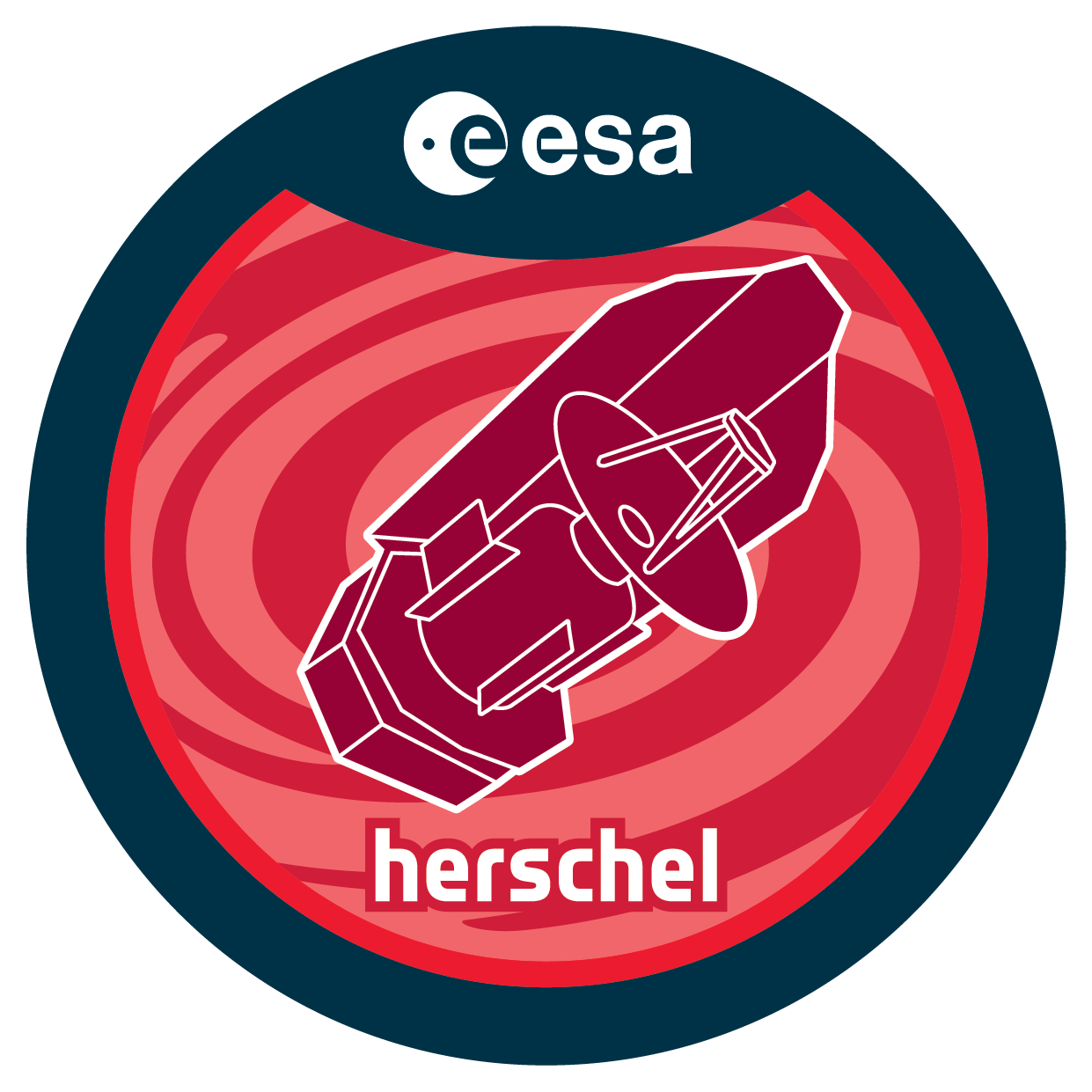| Description |
Molecular spectroscopy at sub-mm and FIR wavelengths is an extremely powerfultool to investigate the latest stages of stellar evolution. The process of massloss from evolved stars is not well understood, and molecular emission offers a unique avenue to trace the kinematics and structures of such objects, from AGB stars and theirsuccessors, Planetary Nebulae (PN), to massive supergiants. In addition, circumstellarshells of evolved stars foster a remarkable chemistry, producing unusual molecular speciesnot easily observed in other environments, including long carbon chains, anions, metal-bearingmolecules, and phosphorus compounds. The mechanisms by which this chemical synthesistakes place, its relationship to dust formation, and its evolution during the AGB and post AGB-phases, are all important questions that have yet to be understood. This proposal and the related other proposals submitted by our collaborators seek to answer these questions. Through the study of the emission from specific species combined with selected spectral surveys towards the PN NGC7027, we aim at understanding more specifically the physics taking place in the beginning of the PN stage, more exactly to precise the physical conditions ruling the molecular envelope, the ionized region and the thin interface between both, i.e. the PDR, through the quantification of the UV and shocks influence. |

